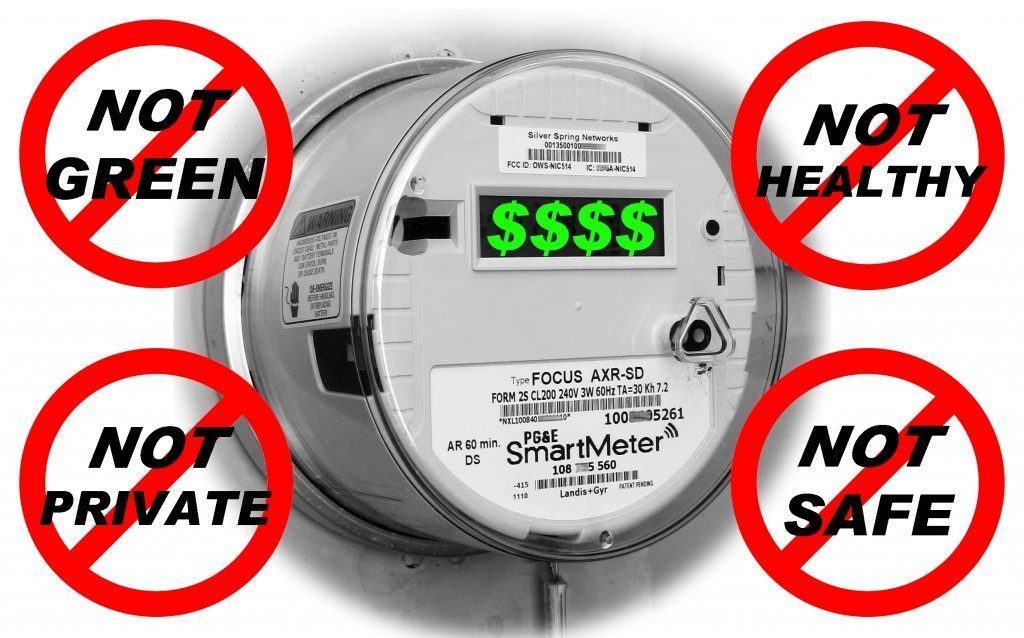Why It Might Be Time to Up the Amount of Gold in Your Portfolio
by Peter Schiff, Schiff Gold:

Last week, the Federal Reserve cut interest rates for the third time. And the Fed isn’t alone. A majority of the world’s central banks have slashed rates this year. A World Gold Council report says this new regime of easy monetary policy will likely push bond yields down even lower, making gold a more attractive portfolio diversifier.
As negative yielding debt increases alongside stock-to-yield valuations to all-time highs, gold may become an attractive and more effective diversifier than bonds, justifying a higher portfolio allocation than historical performance suggests.”
The world is already awash in negative-yielding debt. In August, total debt with a negative yield globally topped $15 trillion for the first time ever. That amount quickly pushed over the $16 trillion mark. Although that amount fell six weeks or so before the most recent Fed rate cut, the world is still drowning in around $13 trillion worth of negative-yielding debt with more central bank rate cuts likely to come.
Currently, about 26% of developed market sovereign debt is trading with negative nominal rates. Once adjusted for inflation, a whopping 82% trades with negative real rates.

Peter Schiff has long advised having at least 10% of your portfolio allocated to precious metals. The World Gold Council report suggests given the current monetary policy, investors should consider an additional 1 to 1.5% of gold exposure in a diversified portfolio.
The World Gold Council says low interest rates aren’t the only issue facing investors. It is currently a high-risk environment. The WGC lists three primary risk factors.
- an environment with flat to inverted yield curves – often a signal of an impending recession;
- stock valuations at extreme levels (See Chart), particularly when compared to the level of interest rates, that has historically preceded meaningful stock sell-offs; and
- an increasing set of geopolitical concerns, including trade tensions, Brexit and Middle East turmoil. Within this context we believe that there are clear indicators for higher levels of safe-haven assets like gold.

In addition to global risk, there appears to be a race to the bottom when it comes to interest rates. The WGC says central banks appear to be trying to “competitively devalue their currency” through loose monetary policy. This is designed to encourage borrowing and increase asset prices. That means even more debt. Historically, the price of gold has moved up along with increasing debt levels.
The global currency depreciation is reflected in the performance of the price of gold in those currencies. While the price of gold in US dollars and Swiss francs is still some way from all-time highs, the price of gold in all other major G-10 currencies is at or near all-time highs “
A high-risk environment increases the need for safe-haven assets. Typically, bonds are one of the go-to buys. But with yields so low and the high likelihood they will go lower, gold and silver become more appealing. The WGC says its analysis suggests investors will not achieve the same bond returns they have seen over the past few decades.
Loading...



